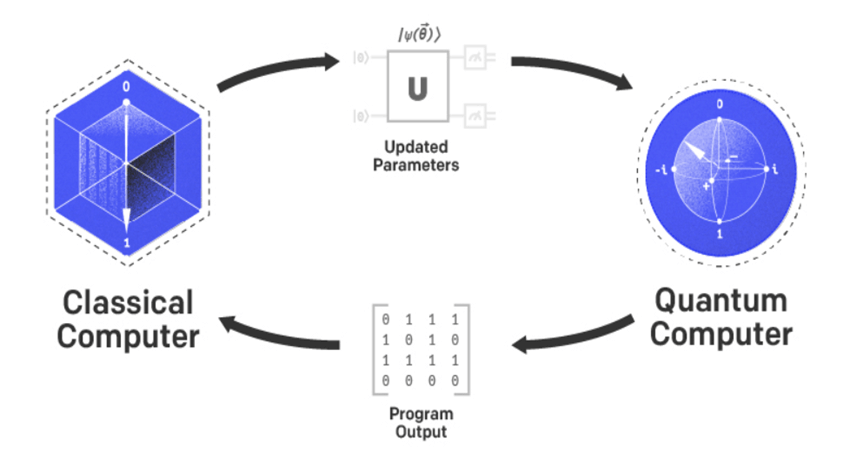Imagine trying to find your way through a vast maze. A classical computer would methodically check each path one at a time, while a quantum computer would explore all possible paths simultaneously. This fundamental difference in approach illustrates the revolutionary potential of quantum computing. Let’s dive into how these two computing paradigms differ and what it means for our future.

The Classical Champion: What We Know and Trust
For decades, classical computers have been our faithful digital workhorses. They process information using bits – the fundamental units of computing that can be either 0 or 1, like tiny switches that are either off or on. Your smartphone, laptop, and even the most powerful supercomputers all work this way.
Classical computers excel at:
- Precise mathematical calculations
- Logical operations
- Sequential processing of data
- Storing and retrieving information
- Running everyday applications
However, when faced with complex problems involving multiple variables, classical computers can hit a wall. Imagine trying to simulate a molecule with hundreds of electrons – the number of possible states becomes astronomical, overwhelming even our most powerful supercomputers.
The Quantum Challenger: Defying Classical Logic
Enter quantum computers, which operate on principles that sound more like science fiction than reality. Instead of bits, they use quantum bits or “qubits.” Thanks to the strange properties of quantum mechanics, qubits can exist in multiple states simultaneously – a phenomenon called superposition.
But it gets even more interesting. Qubits can be “entangled” with each other, creating a system where changing one qubit instantly affects another, regardless of the distance between them. Einstein famously called this “spooky action at a distance.”
These unique properties give quantum computers extraordinary capabilities in:
- Optimization problems
- Cryptography and security
- Drug discovery and molecular modeling
- Climate modeling
- Financial modeling
The Real-World Race: Limitations and Challenges
While quantum computing sounds like it should completely obsolete classical computers, the reality is more nuanced. Quantum computers face significant challenges:
- Fragility: Qubits are extremely sensitive to environmental interference. The slightest disturbance can cause them to lose their quantum properties.
- Error Rates: Current quantum computers have high error rates, requiring extensive error correction.
- Specialized Applications: Quantum computers aren’t better at everything. For many everyday tasks, classical computers remain the better choice.
Classical computers, meanwhile, continue to evolve. Innovations in classical computing architecture, like neuromorphic computing and advanced parallel processing, are pushing the boundaries of what’s possible without quantum mechanics.
The Future: A Hybrid Approach
The future of computing likely isn’t an either/or scenario. Instead, we’re moving toward a hybrid approach where:
- Quantum computers handle specific complex calculations
- Classical computers manage everyday tasks and control quantum systems
- Both types work together to solve previously impossible problems
Think of it like having both a Swiss Army knife and a specialized surgical tool. Each has its purpose, and together they’re more valuable than either alone.
Looking Ahead
As we stand at the frontier of this technological revolution, it’s clear that both classical and quantum computing will play crucial roles in shaping our future. Classical computers will continue to be the workhorses of everyday computing, while quantum computers will open new frontiers in scientific discovery and problem-solving.
The race isn’t about which technology will win – it’s about how we can harness the strengths of both to push the boundaries of what’s possible. As quantum computing matures, we may find ourselves in a world where the line between classical and quantum becomes increasingly blurred, leading to innovations we can barely imagine today.
The future of computing isn’t just quantum or classical – it’s both, working in harmony to solve humanity’s greatest challenges.
| Read More Topics |
| Cloud based quantum machine learning applications |
| How to code a binary classifier in python |
| What are the benefits of data science? |





